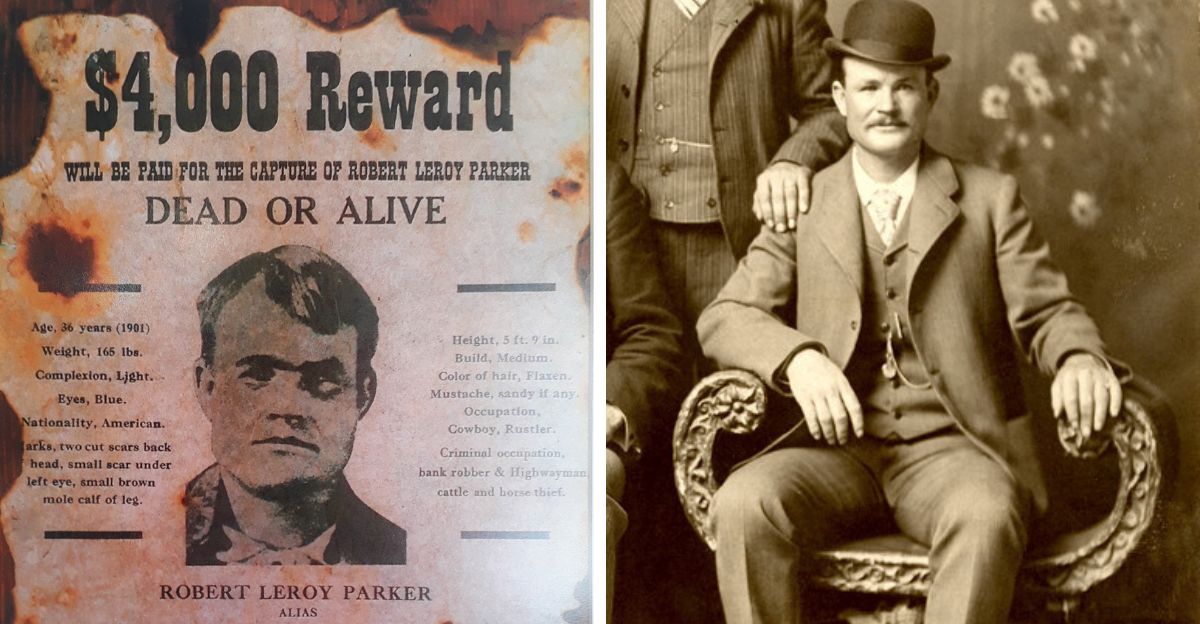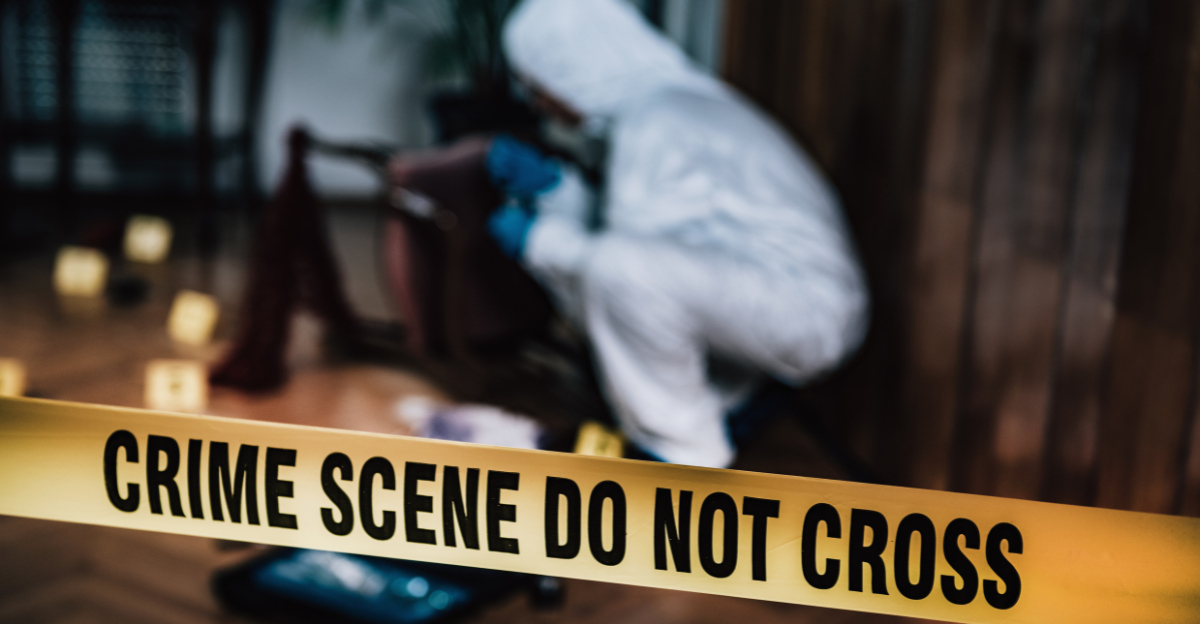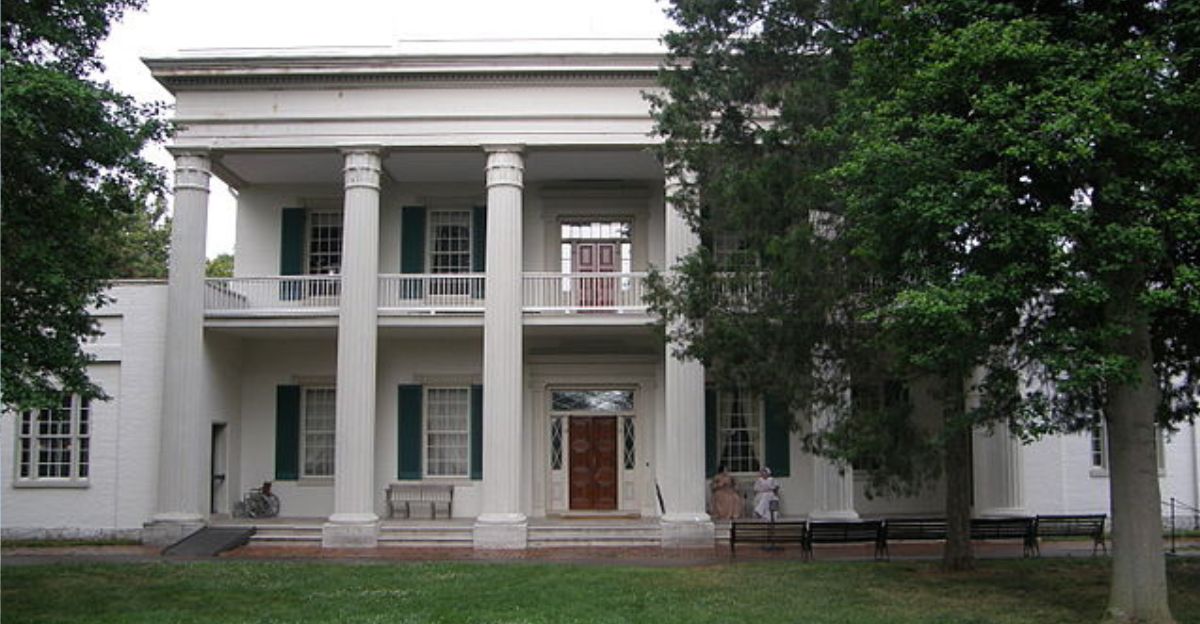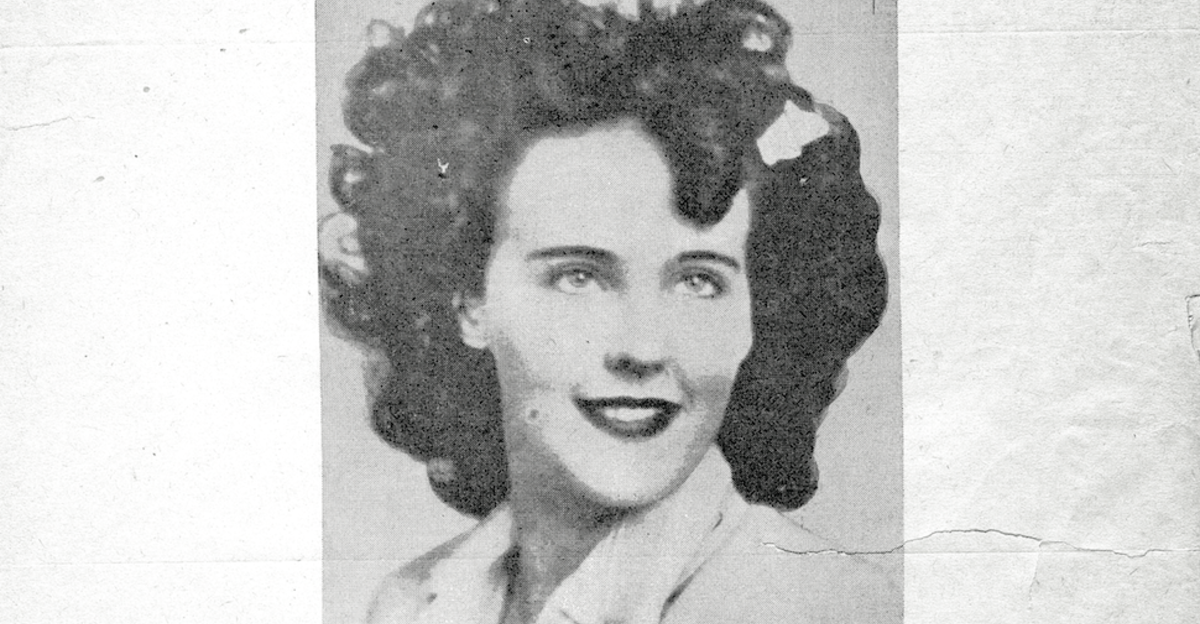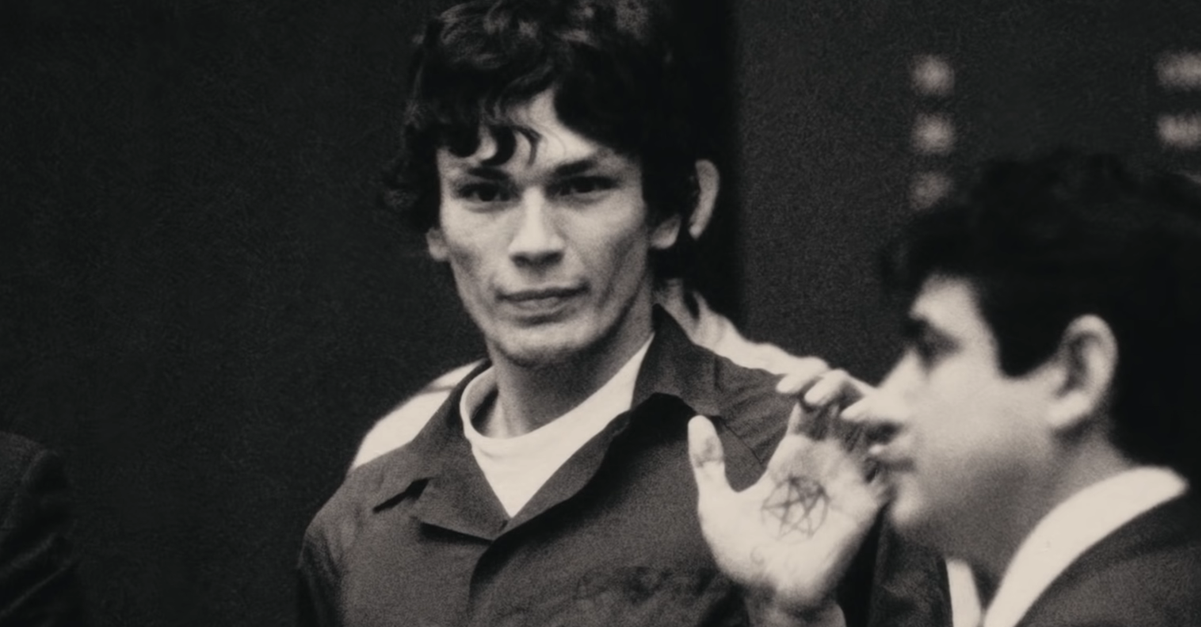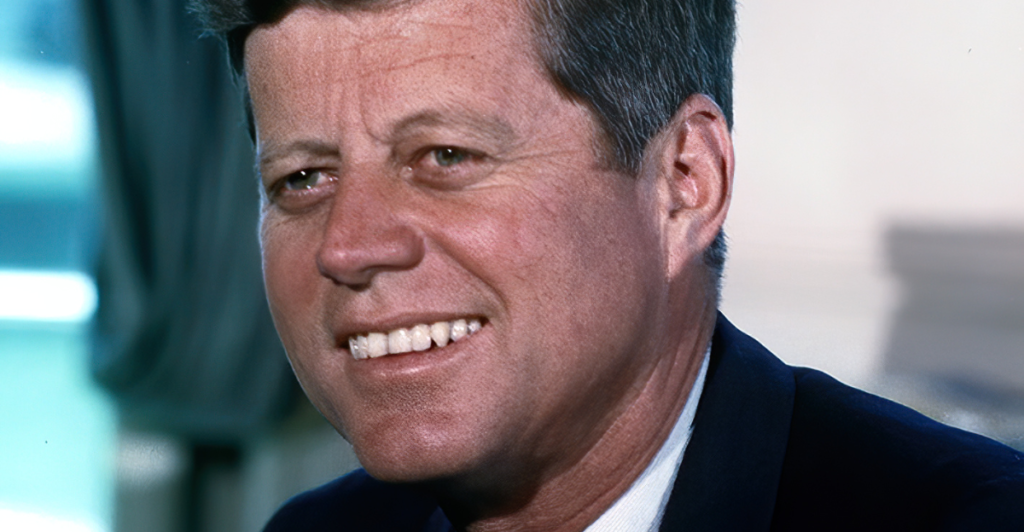
President John F. Kennedy’s assassination on November 22, 1963, was one of the most pivotal and tragic events in American history. However, years before, there was another attempt on his life, which was overshadowed by his assassination. The first attempt was made by Richard Paul Pavlick, a retired postal worker from New Hampshire, who plotted to kill Kennedy in December 1960, just weeks after his election victory.
The Plot By Richard Pavlick

On December 11, 1960, Pavlick, who was 73 years old at the time, planned to assassinate Kennedy in Palm Beach, Florida. He had been following the President’s movements and was aware of his schedule, including his regular attendance at Sunday Mass. Pavlick packed his car with dynamite and planned to ram it into Kennedy’s limousine as he left for church.
He Decided Against It
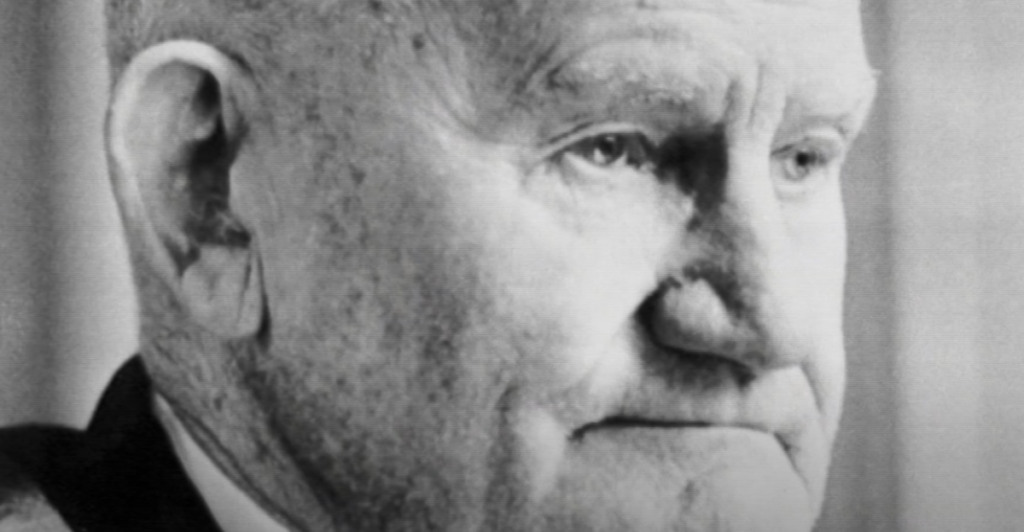
However, he decided against it when he saw Kennedy accompanied by his family, including his wife, Jacqueline, and their children. Pavlick, despite his hatred for Kennedy, didn’t want to harm innocent bystanders, especially children.
Motivations Behind Pavlick’s Actions
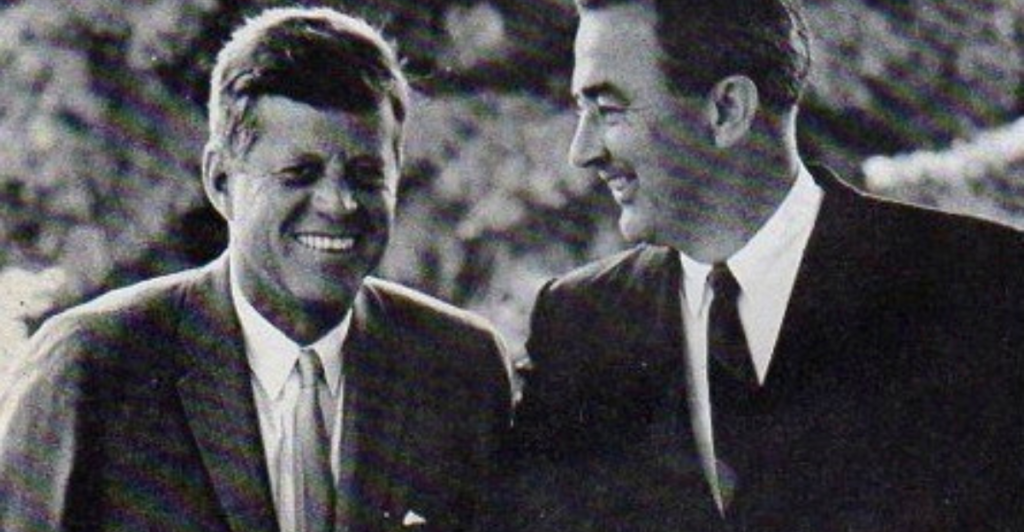
Pavlick’s motivations were rooted in deep-seated anti-Catholic bigotry. Kennedy was the first Catholic to be elected President of the United States and represented a significant shift in American politics that Pavlick and many others found threatening. People were worried that Kennedy’s religious views would influence the way he made decisions for the country.
The Discovery And Arrest Of Pavlick
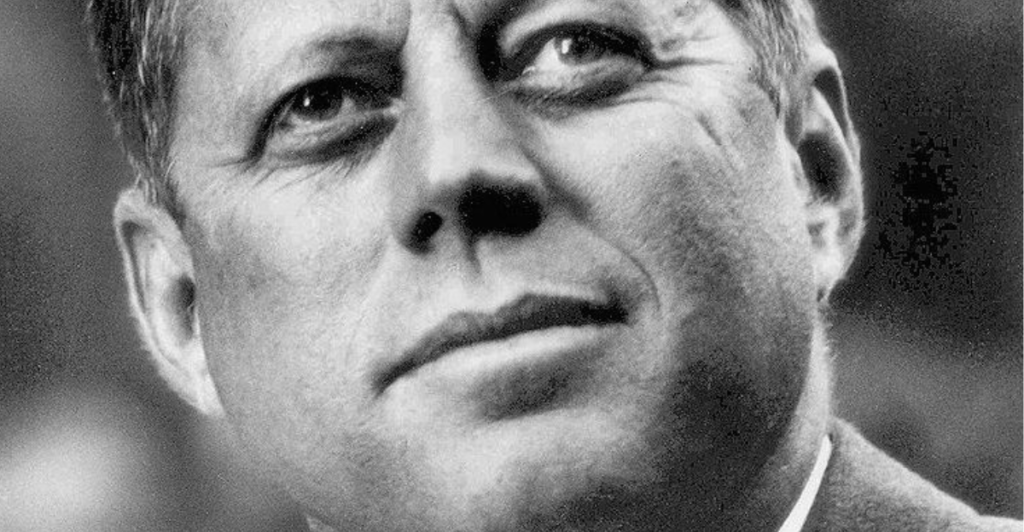
Pavlick’s undoing came from his own actions. He had sent several postcards to Thomas Murphy, the postmaster in his hometown of Belmont, New Hampshire. These postcards contained strange and ominous messages, which raised Murphy’s suspicions. After noticing that Pavlick’s travels coincided with Kennedy’s, Murphy alerted the local police, who informed the Secret Service. This led to Pavlick’s arrest on December 15, 1960, before he could carry out his plan.
Impact On Kennedy’s Security
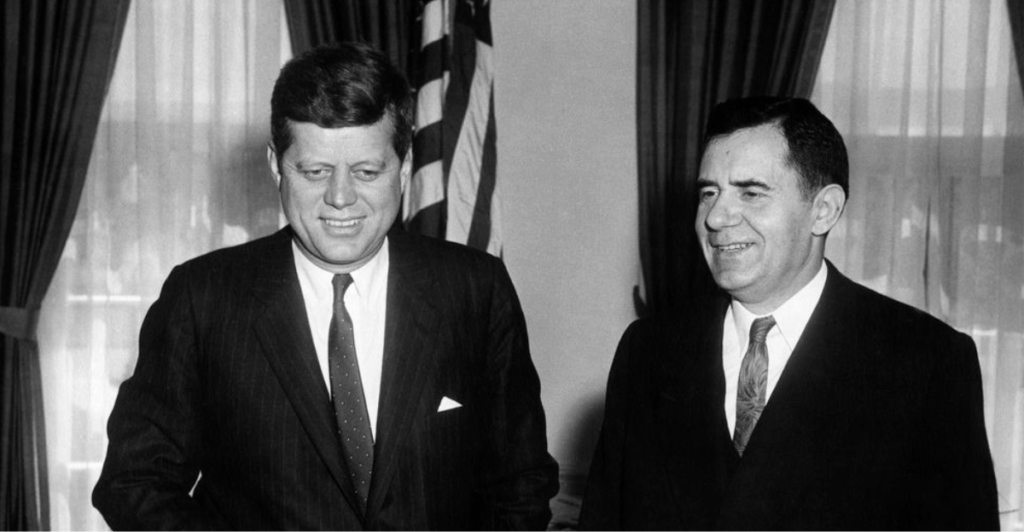
Pavlick’s assassination attempt highlighted the need for enhanced security measures around Kennedy. Although the President did not take Pavlick’s threat seriously, the Secret Service recognized the gravity of the situation. This event marked one of the first instances where the Secret Service had to deal with a potential assassin who was not merely a “howler” (someone who makes threats without intending to act) but a “hunter” (someone who plans and prepares to carry out an attack).
Historical Context Of The Attempt
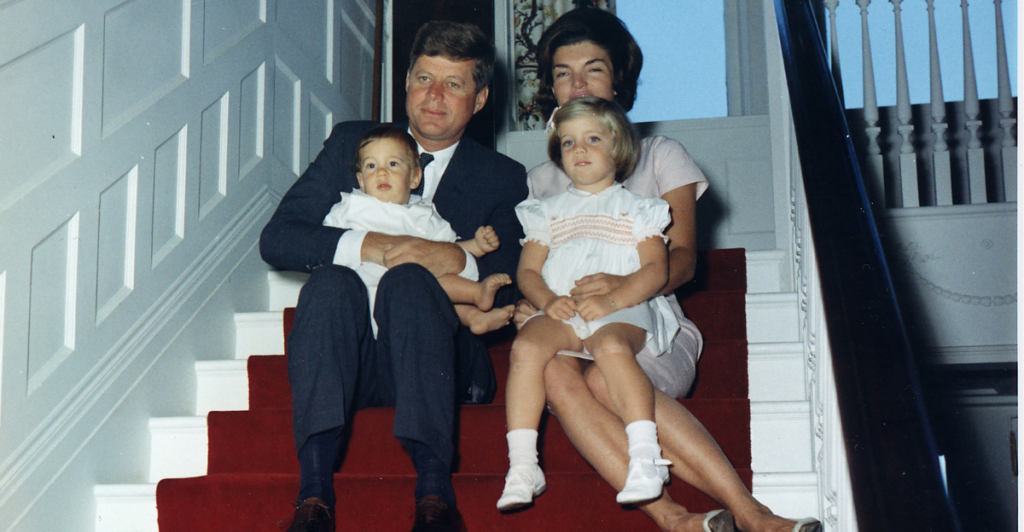
The early 1960s were a time of significant change and tension in the United States. The election of a Catholic President was seen as a significant cultural shift, and it worsened existing religious and social divisions. Pavlick’s assassination attempt was a manifestation of these tensions, which showed the deep-seated prejudices that lingered in American society. Although it was unsuccessful, it was an important footnote in the history of Kennedy’s presidency.
Comparison With The Dallas Assassination
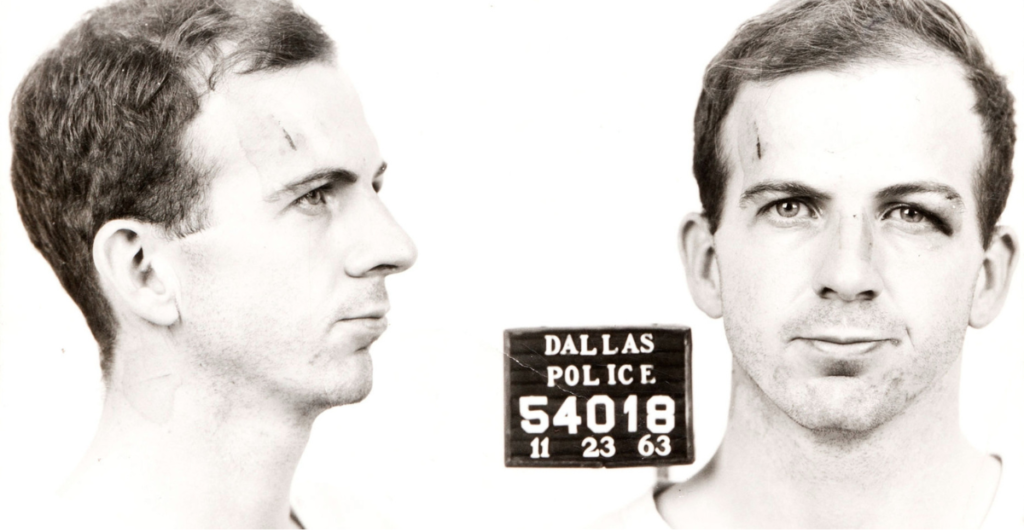
Unfortunately, Lee Harvey Oswald successfully assassinated Kennedy in Dallas on November 22, 1963, which was a pivotal moment in American history. Despite many conspiracies, it has been said that Oswald acted alone when he fired multiple shots from the sixth floor of the Texas School Book Depository building. Unlike Pavlick, Oswald’s motivations were more complex and less driven by religious prejudice.
Legacy Of The Forgotten Attempt
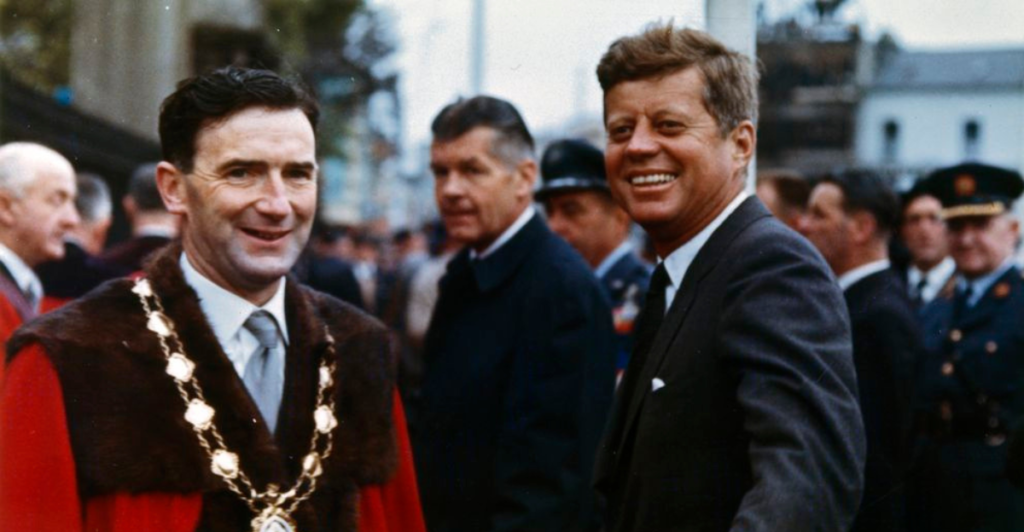
Although it was a significant event, Pavlick’s attempt on Kennedy’s life has largely been forgotten in the shadow of the Dallas assassination. However, it serves as a reminder of the challenges Kennedy faced from the beginning of his presidency. The attempt shows the deep divisions within American society at the time and the risks that public figures faced because of these tensions.
A Reminder
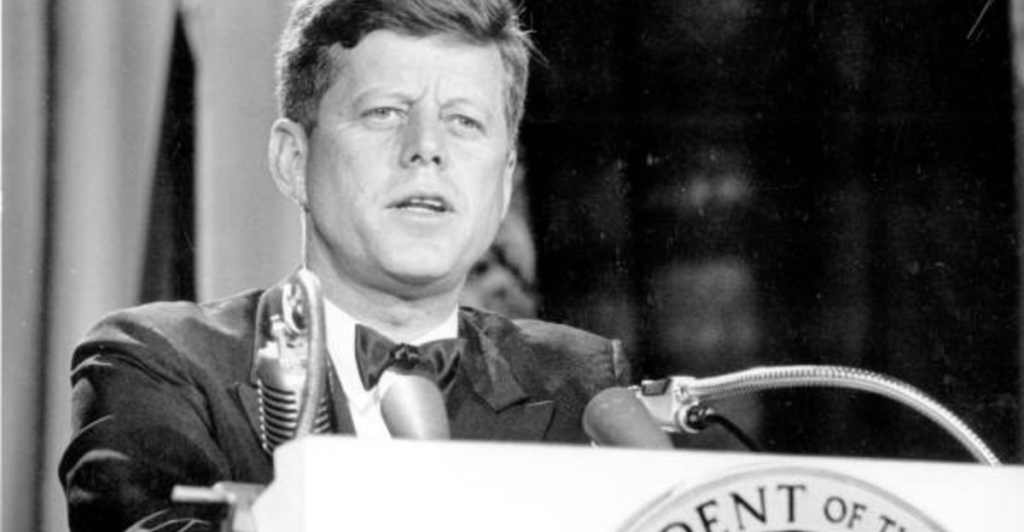
The forgotten assassination attempt by Richard Pavlick is a reminder of the challenges and dangers faced by public figures, particularly those who represent significant cultural or political shifts. While Pavlick’s attempt did not succeed, it shows the importance of vigilance and the need for powerful security measures to protect leaders from those who might want to harm them.
Sources:
Assassination of John F. Kennedy
Ex-Secret Service agent reveals new JFK assassination detail
The JFK assassination attempt you’ve never heard of



